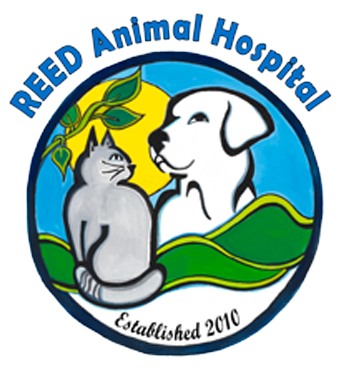Dog Dental Care and Cleanings
Dogs don’t tell you when they’re experiencing dental pain, but they all endure it at some point during their lives. Dental disease is common, but a great dental health routine can minimize issues. Start out with dental care at home, and supplement with regular dental cleanings performed by veterinary professionals.
What can you do at home to help your dog’s dental health? Start with daily brushing. Most dogs will accept brushing by their owners; your vet can teach you how to do it and which brush and dental paste to use. In some cases, daily brushing is a bonding experience for dog and owner. Sometimes, though, dogs won’t tolerate brushing. In that case, your vet can help you find an alternate solution. Some dog treats and chew toys will help, but it takes more than that to care for a dog’s mouth, gums, and teeth.
How do you know if your dog’s mouth has issues? The first thing you’ll probably notice is bad breath. Many people think that dogs just naturally have bad breath, but it’s usually the result of bacteria from infected gum and dental tissue in the dog’s mouth. The signs that indicate you should take your dog in for a dental appointment include:
- Bad breath (halitosis)
- Loss of appetite or trouble eating
- Swollen, red, bleeding gums
- Broken, missing, or loose teeth
- Blood in saliva or a bloody nose
- Sores in the mouth
At the vet’s office, your vet will check your dog’s teeth and mouth. The vet will be looking for signs of cavities, gingivitis, periodontal disease, broken teeth, and painful lesions. At that point, a veterinary supervised dental cleaning may be recommended. This includes:
- General anesthesia is required for a thorough cleaning. The safest anesthesia protocols are used, and your dog is monitored at all times for a safe, comfortable experience.
- The vet performs a complete dental exam. This includes x-rays so that the vet can see the internal anatomy of the dog’s mouth and teeth.
- The teeth are cleaned by hand. Through the use of ultrasonic and hand scaling, plaque, and tartar above and below the gum line, to remove illness-causing bacteria.
- The dog’s teeth are polished and flushed. This removes dislodged tartar and plaque and smooths the surface of the teeth to make them resistant to the additional formation of plaque.
- Additional issues will be discussed with you. This includes extractions and oral surgery.
Otherwise keeping your dog’s teeth clean routinely withy non- anesthesia pet dental leaning may be a great option. This can be a great solution for many senior pets that may be at a greater risk with general anesthesia. Your veterinarian will help advise you.
At Reed Animal Hospital, we treat your pets as if they were our own. Our goal is to help you and your pet enjoy a healthy, fulfilling life together, so our extraordinary team offers a wide range of services. We’ve got veterinarians, technicians, assistants, and receptionists, all prepared to help you and your pet. For more information or to make an appointment, call us in Campbell at 408-369-1788, or in Saratoga at 408-647-2906, or contact us through our website.
““


